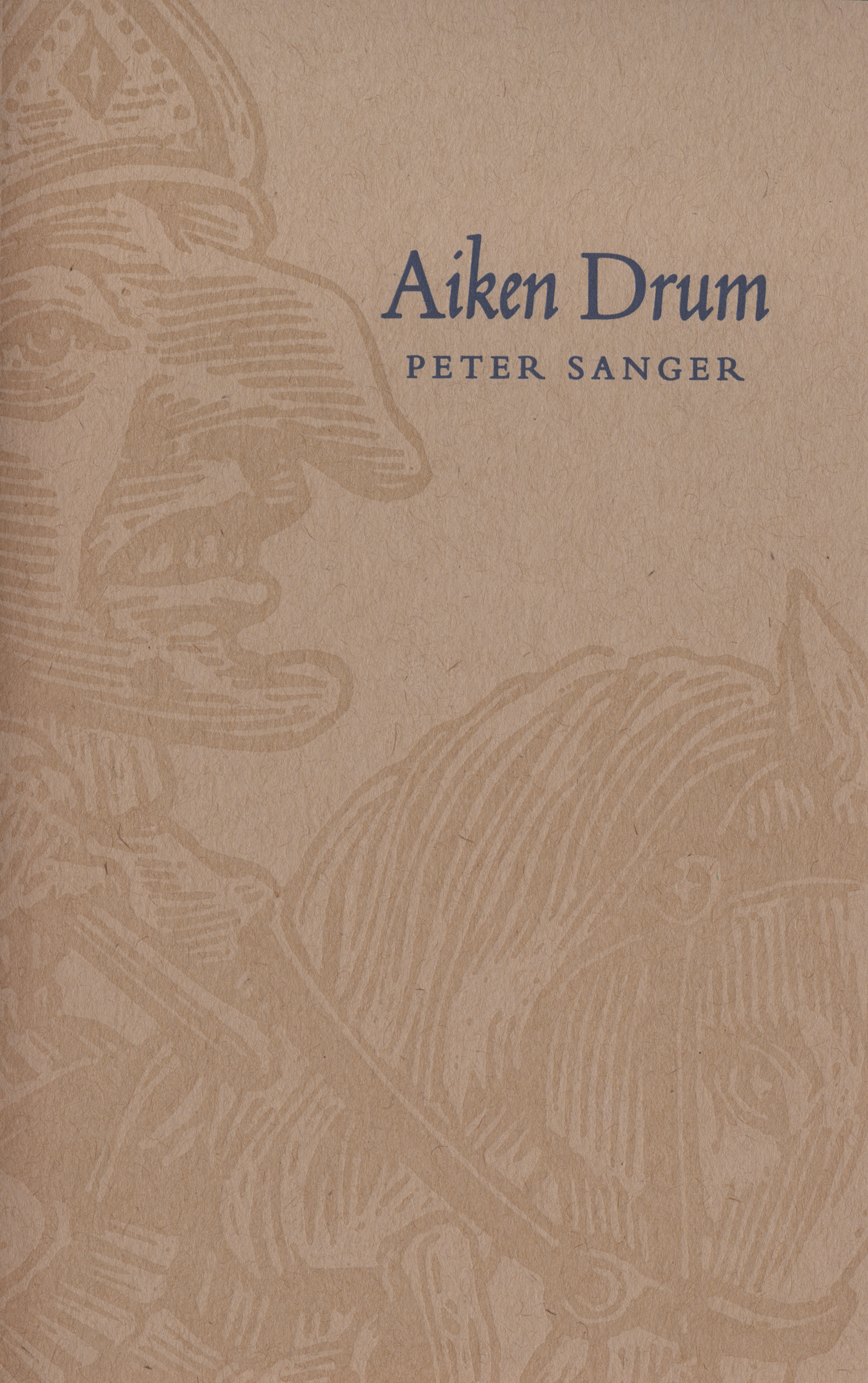Your cart is currently empty!
Important Shipping Notice: Due to the ongoing Canada Post strike, delivery times may be longer than usual. Where possible, we’ll use alternative shipping methods to help get your order to you sooner. We appreciate your patience and understanding as your order makes its way to you.
A note to US-based customers: All Lit Up is pausing print orders to the USA until further notice. Read more
Aiken Drum
In his sixth collection of poetry, Peter Sanger brings his archaeologist’s eye, along with classical and local iconography, to his encounters with domestic implements, local ecology, cultural relics and landmarks. The poems in this collection achieve a delicate balance between the grounded and the ethereal, such that the poet’s studies set down in words without losing any of the transient nature of seeing and of understanding.
Alighting on plants, tools, vessels, instruments and jewellery, Sanger’s engagement with each is infused with imagination and a sharp association with an interior catalogue of imagery that spans classical mythology, Shakespeare, and a personalized spectrum of more contemporary influences, including poets Elizabeth Bishop and Richard Outram, and photographer Thaddeus Holownia.
The poems in this collection share a stunning precision, and demonstrate a simultaneous thrift and exuberance of language and rhythm. Music comes from surprising places, adding a quality of purity and resolve in some places, achieving the liturgical lilt of nursery rhyme in others.
Aiken Drum features a long poem on the nebulous existence of William Newmanalias: Moona con artist who got by on what others assumed about him as he roamed New England and the Maritimes in the early nineteenth century. Here Sanger tugs at the edges of a more recent myth, revealing some of the essence of mythology itself. As the voices of poet, speaker and subject coalesce, readers are compelled to question just what we make of individuality and what we deem truth. Circling around the verity of the person and the presentation of that verity in literature, Sanger extends into poetry the bibliographic sleuthing that has defined his recent prose work.
“The tutelary spirit in Aiken Drum is an archetypal, mercurial shape-shifter whose name gives the collection its title,” says Sanger. “Originally, the character Aiken Drum appears in an old Scottish nursery rhyme of uncertain origin. Here, he also appears in the shape of the infamous ‘mysterious stranger’ who called himself during a career of thievery and fantastical escapades Smith or More or Newman orHenry Moon. His story is told in the poem sequence ‘Abatos,’ but his presence, in various forms (including at one point, the philosopher Wittgenstein), infiltrates many poems throughout the collection. Like many books of poetry, Aiken Drum’s geography is both purgatorial and paradisal. Which is which, and when, are matters for the man in the moon and Aiken Drum.”
Details
Dimensions:
Pages
8in * 5in * 0.5in
230gr
Published:
March 06, 2006
Publisher:
ISBN:
9781554470143
Featured In:
Language:
eng
No author posts found.
